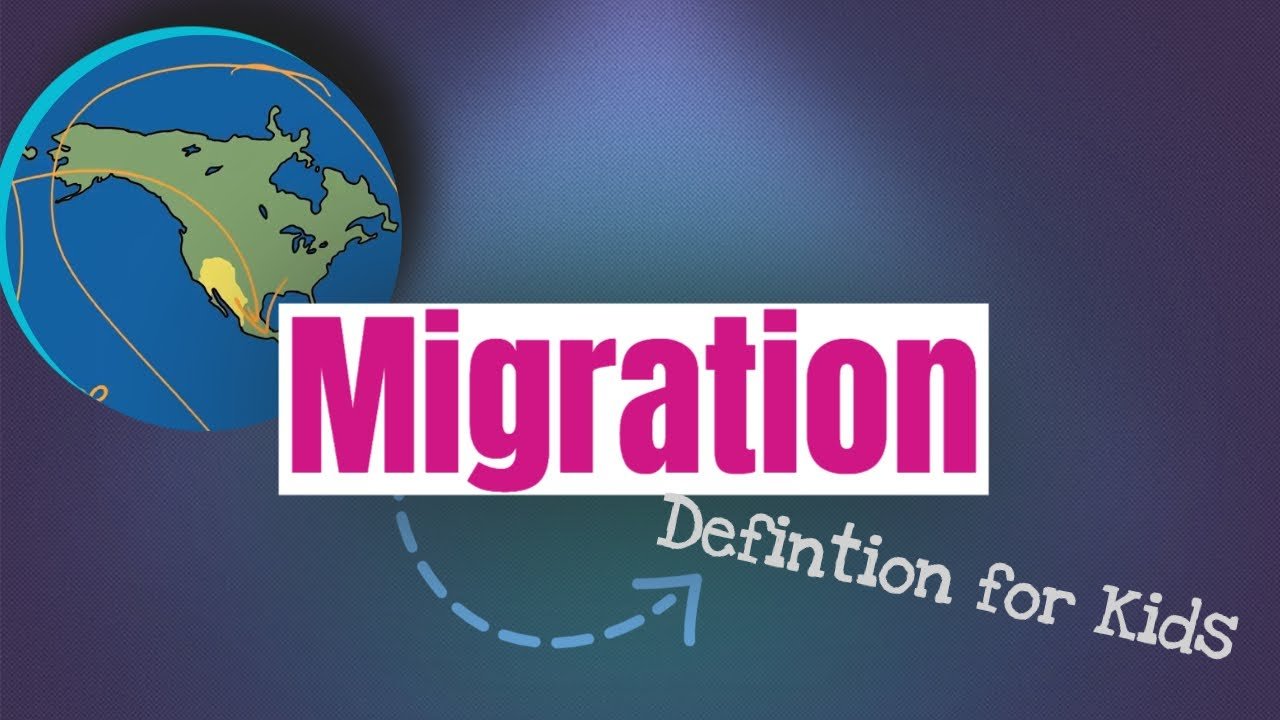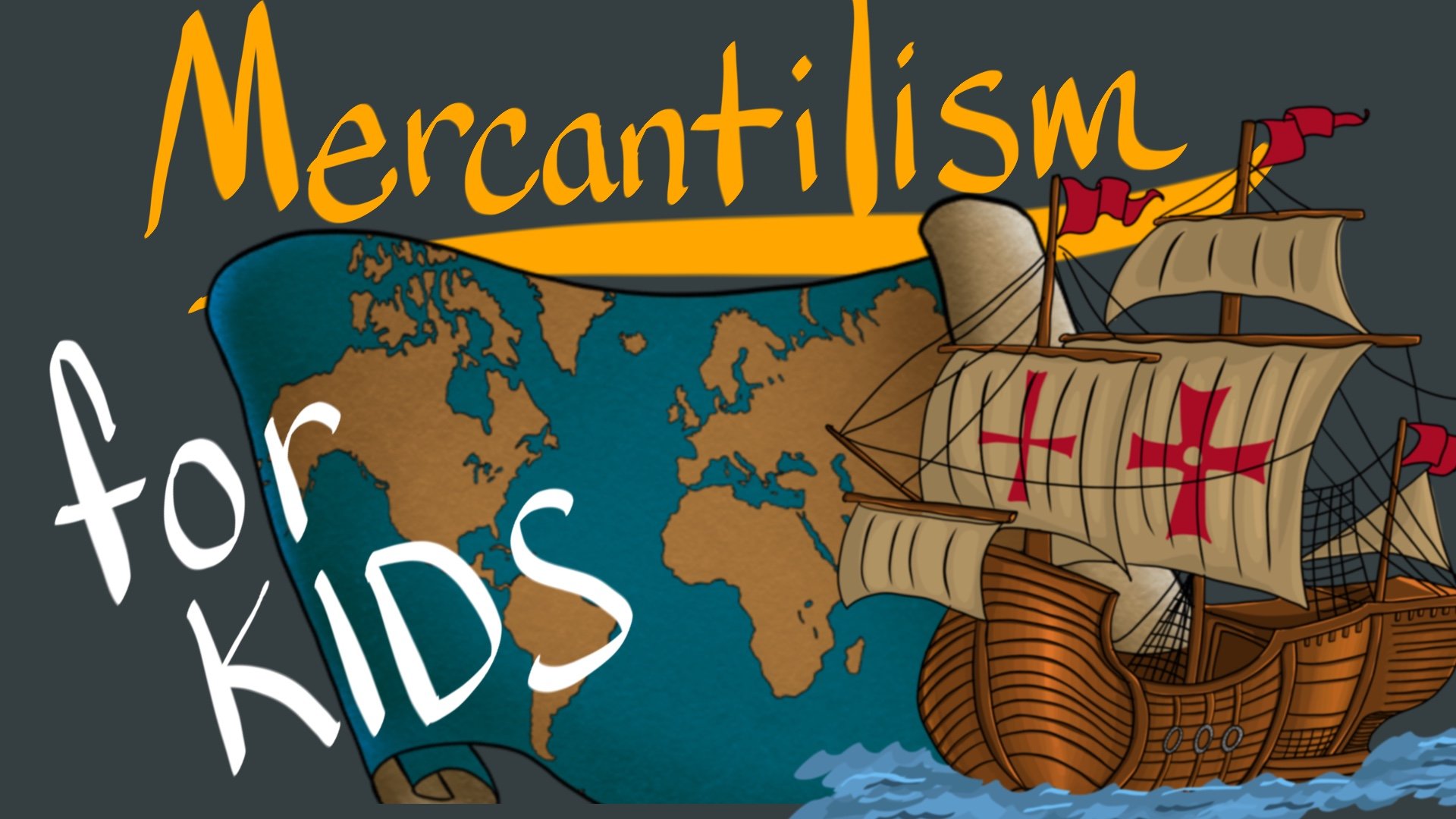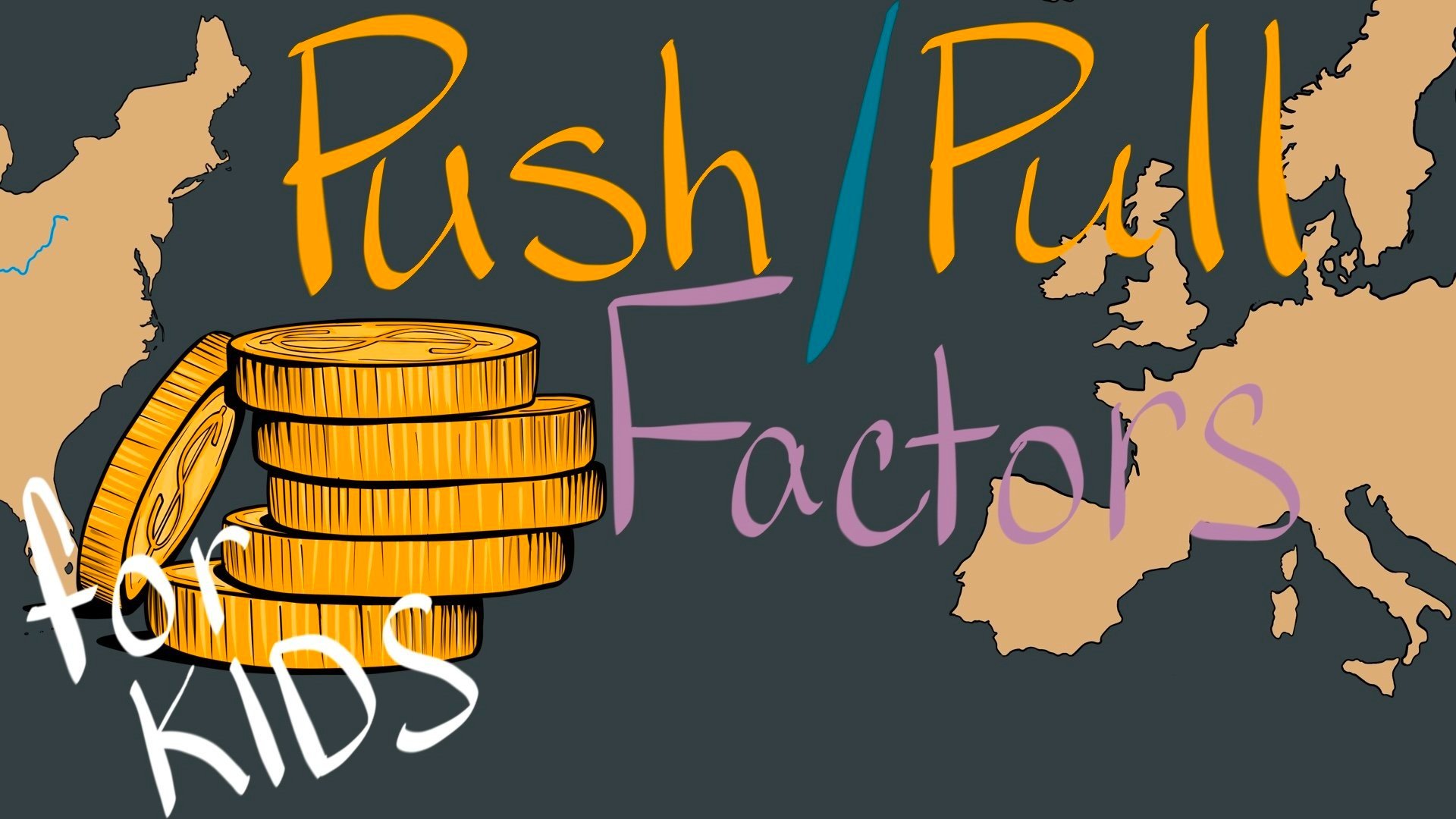Absolute Location
Lesson Plan: Understanding Absolute and Relative Locations for Kids
Objective:
Students will learn the difference between absolute and relative locations and how to identify and use them in everyday situations.
Materials:
World map or globe
Whiteboard and markers
Picture cards with examples of absolute and relative locations
Introduction (5 minutes):
1. Begin by asking the students if they have ever played hide-and-seek or given directions to someone. Explain that today, they will learn about two important ways to describe where things are located.
Explanation (10 minutes):
2. Show the students a world map or globe.
3. Write "Absolute Location" and "Relative Location" on the whiteboard.
4. Explain the concepts:
Absolute Location:
This tells us the exact spot of a place, like its address or coordinates on a map.
Relative Location:
This describes where something is in relation to something else, like saying, "It's next to the library" or "It's to the left of the tree."
Absolute Location (5 minutes):
5. Discuss absolute location:
Provide examples, such as your own address or the latitude and longitude of a famous location.
Explain that absolute location is like using a specific address or coordinates to find something.
Relative Location (5 minutes):
6. Discuss relative location:
Provide examples, like saying a classroom is "across from the gym" or a park is "behind the school."
Explain that relative location describes where something is compared to other things.
Activity (5 minutes):
7. Show picture cards with examples of absolute and relative locations. Ask students to identify which type of location is being described.
Conclusion (5 minutes):
8. Review the key points:
Absolute location is the exact spot, like an address or coordinates.
Relative location describes where something is in relation to other things.
9. Encourage students to practice using both types of location in their everyday conversations and activities.
Assessment:
During the activity, assess whether students can correctly identify whether the examples given are absolute or relative locations.
Ask a few students to provide their own examples of each type of location.
Extension Activity (optional):
Have students create a treasure map of their classroom or a familiar area, including both absolute and relative locations.
Play a game where students take turns describing locations in the classroom using both absolute and relative terms, and their classmates have to guess where they are describing.





